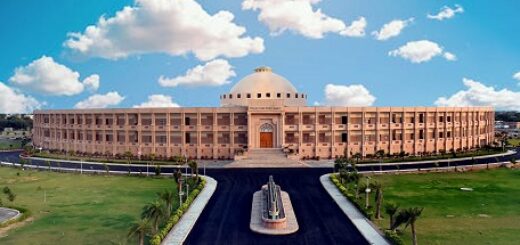The Supreme Court instructs the government to create a coordinated plan with states to address the issue of inter-state trafficking of bonded laborers.

The Supreme Court has instructed the Centre to organize a meeting with all states and union territories to create a plan to tackle the problem of inter-state trafficking of bonded labourers, including minors. Justices B R Gavai and K V Viswanathan found the situation “alarming” after learning that in Uttar Pradesh, out of 5,264 released bonded labourers, only 1,101 received immediate financial help. The court noted that there is a challenge in providing quick financial support to rescued children, especially since some minors are taken from their home states and forced into bonded labour in nearby states. The bench emphasized the need for a coordinated approach from both the union and all states to effectively address the issue of inter-state trafficking of children.
The court was considering a request to enforce the fundamental rights of those trafficked as bonded labourers. It directed the secretary of the Ministry of Labour and Employment to meet with his counterparts across all states and union territories to develop a proposal to combat this social issue. The bench wants the proposal to include a straightforward process for providing immediate financial assistance to rescued child labourers. Recognizing the significance of the matter, the court requested the Attorney General’s assistance in the proceedings.
The Supreme Court instructed the Centre to involve the National Human Rights Commission (NHRC) in finalizing the procedure. The case will be reviewed in six weeks. During the hearing, the petitioners’ lawyer raised concerns about the quick distribution of financial aid to the rescued bonded labourers. The court noted that over 4,100 released bonded labourers in Uttar Pradesh had not received any financial support. The state’s lawyer mentioned they had gathered district-specific data on the number of released bonded labourers and the payments made, which he would submit. When questioned about how the state prevents bonded labour, he stated he would also provide details on the procedures in Uttar Pradesh.
The petitioners’ lawyer pointed out that this is an inter-state issue, as individuals from Bihar are sometimes taken to Uttar Pradesh for bonded labour. The bench asked the Centre’s lawyer why there isn’t better coordination with all state governments. It suggested that the ministry’s secretary should meet with counterparts in all states and union territories to create a unified approach. The bench also noted that in today’s digital age, there should be a portal similar to the one for missing children. “You need to establish a unified procedure,” the bench stated. In an August hearing, Senior Advocate H S Phoolka mentioned that less than 10 percent of these labourers received financial aid or compensation.
In July 2022, the Supreme Court decided to consider the petition and requested replies from the central government, the National Human Rights Commission, and several states and union territories. One petitioner stated that he and other bonded workers were rescued on February 28, 2019, from a brick kiln in Shahjahanpur, Uttar Pradesh, after being trafficked by an unregistered contractor from Gaya district in Bihar. The petitioner mentioned that he and his fellow workers were made to work without receiving the minimum legal wages, and their basic rights to move freely and seek employment were greatly restricted.









